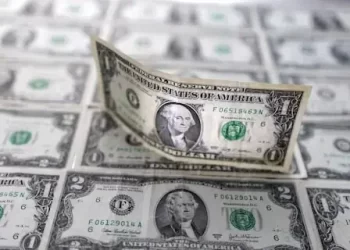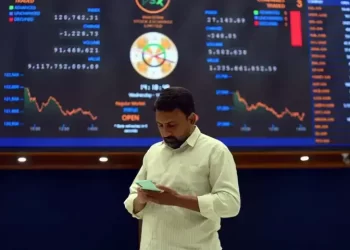The Pakistani rupee remained largely stable, depreciating 0.01% against the US dollar in the inter-bank market on Wednesday.
At close, the currency settled at 278.73, a loss of Re0.04, against the greenback.
On Tuesday, the local unit closed at 278.69 against the US dollar, according to the State Bank of Pakistan (SBP).
In a key development, finance minister Muhammad Aurangzeb on Tuesday informed that Pakistan has secured commitments from China, Saudi Arabia and the United Arab Emirates to rollover debt for a year, a major step as Islamabad looks to secure its next bailout with the International Monetary Fund (IMF).
Internationally, the US dollar was steady on Wednesday, dragging the yen away from a seven-month peak as currency markets regained a semblance of calm in a week that began with a massive shakeout in assets driven by recession fears and unwinding of popular carry trades.
The yen was 1% lower at 146.43 per dollar in early trading, inching away from the seven month high of 141.675 it touched on Monday, it is still up 3% in August and well above the 38-year lows of 161.96 it was languishing in just at the start of July.
The US dollar index, which measures the greenback against six rivals, eased to 102.94 but is up from the seven month low of 102.15 it touched on Monday.
Traders have also adjusted their expectations from the Federal Reserve this year following the soft jobs report last week, with nearly 105 basis points of easing anticipated by year-end.
Oil prices, a key indicator of currency parity, crept higher on Wednesday, though Brent still languished near seven-month lows, pressured by concerns over weak demand and fears of recession in the United States.
The threat of conflict escalating in the Middle East and endangering oil production has supported prices since Tuesday.
Brent crude futures were up 45 cents, or 0.6%, to $76.93 a barrel at 0823 GMT.









